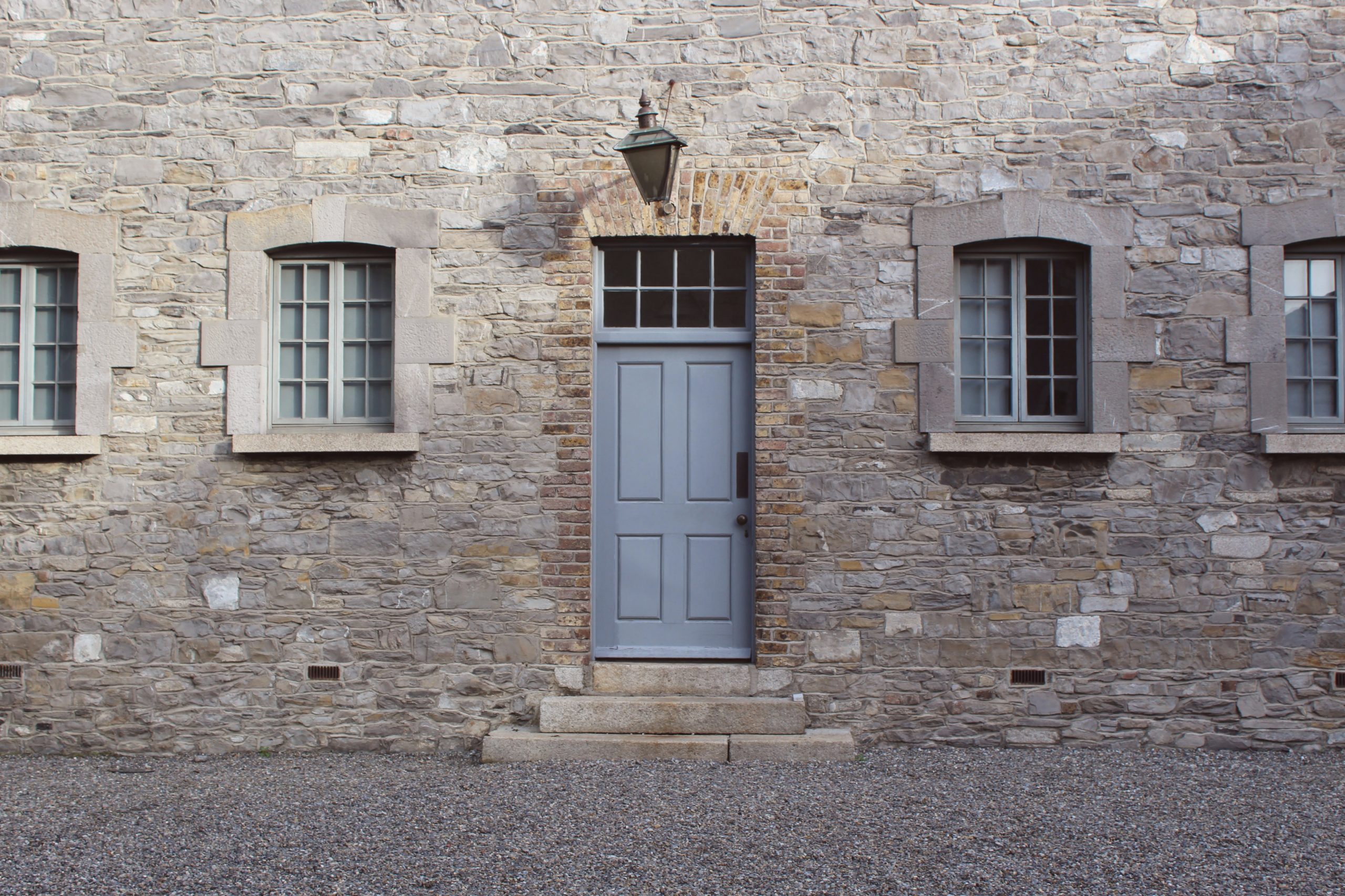Home inspections are an exhaustive task where an inspector goes over everything with a fine-toothed comb. No inspection report is perfect, but you should address issues that might cause hesitation from potential buyers. Doing so means selling your home can be quicker and for more money. A few hundred dollars’ worth of investment in repairs could mean a few thousand dollars added to the price.
Inspectors will add the most minor defects to an inspection report, and you have to prioritize what to fix. Potential buyers may overlook small, innocuous or easy-to-repair defects, but they will be less likely to accept larger structural issues. The concrete or brick around your home can make the difference between an easy sell and a closing headache. Pay close attention to these important inspection points to get the most out of your home sale.
Exposed Brick
Fixing the brick around your house can retain the integrity of your foundation and fixtures. Plus, it adds to the aesthetic of the house, a bonus with inspectors and home buyers.
If you have gaps in the mortar and brick, common on steps, walkways and chimneys, use tuckpointing to fill them in. Tuckpointing is a technique that involves removing and replacing mortar and color-matching it to the brick. This provides a consistent and attractive look. Tuckpointing is also functional, helping to decrease moisture penetration and greatly reduce wear and tear over time.
Check for any large cracks in your brick as well. Cracking is commonly a result of the house settling and not necessarily indicative of underlying structural integrity problems. However, it can allow moisture to enter, causing problems with the foundation to develop quickly if it is not repaired. Have a professional assess the extent of the damage and fill in the cracks to create a protective barrier and seamless look.
Excessive Moisture
Water may be the biggest threat to your home’s structure. It can cause wood frames and subfloors to rot and warp and hasten the breakdown of the foundation. Mold growth and damage to belongings can also occur.
Finding inordinate amounts of moisture in your basement during the inspection is a particularly serious concern that needs resolution. A wet basement can cause a significant drop in your home’s value and provide buyers a huge bargaining chip.
As mentioned, non-structural openings can form early as the foundation drops or settles. It is common to see resultant cracks in corners and where the walls and floor meet. However, groundwater surrounding your foundation also puts hydrostatic pressure on your basement.
As pressure builds from an expanding water table, small cracks are created. If water is seeping through the basement, it means you will most likely have a recurring issue on your hands. Fortunately, if caught early, repairing the problem is often quick and inexpensive.
If you have regular heavy water seepage issues, waterproofing, installing drainage systems and even land grading may be necessary. This helps to properly and consistently divert water away from your basement. However, filling the cracks and repairing the foundation should be a top priority. Open gaps will easily invite even the smallest amount of groundwater into the basement.
Concrete, stone and brick masonry walls are particularly porous, and cracks along mortar joints can develop easily. Getting these filled with hydraulic cement can greatly reduce the susceptibility to water seepage. This can be a DIY project if the cracks are minor, but more extensive damage will require professional assistance.
Exterior Hardscaping
Hardscaping around your property can be immensely beneficial for your home’s value. Well-maintained features add to the beauty and splendor of your home and enhance the look of the landscaping. They also indicate a high level of care to buyers, which in turn makes them more confident in the home as a whole.
Inspectors pay as much attention to these aspects as the house itself, noting any defect that affects their look, function or safety. Walkways, patios and steps around the home see a lot of wear from weather and traffic. Stone and brick can especially become easily misaligned or popped out because of this.
These issues result in a poor aesthetic and a potential trip hazard. Weather-worn concrete in drives and paths can be similarly shifted, opening up unsightly and dangerous cracks. These fixes can be inexpensive but have significant implications on retaining the value of the home.
Call a Professional
Beautiful masonry features can be the difference in a quick and profitable close. Since 1952, we at Ray Arnold Masonry have earned a reputation for superior craftsmanship, enduring quality and high customer satisfaction.
We can manage all interior and exterior projects, including retaining walls, patios, planters, chimneys and fireplaces, steps and walking paths. If you plan on selling your home now or in the future, call our knowledgeable experts today. We are committed to helping you build your home’s value and realize its full potential.

